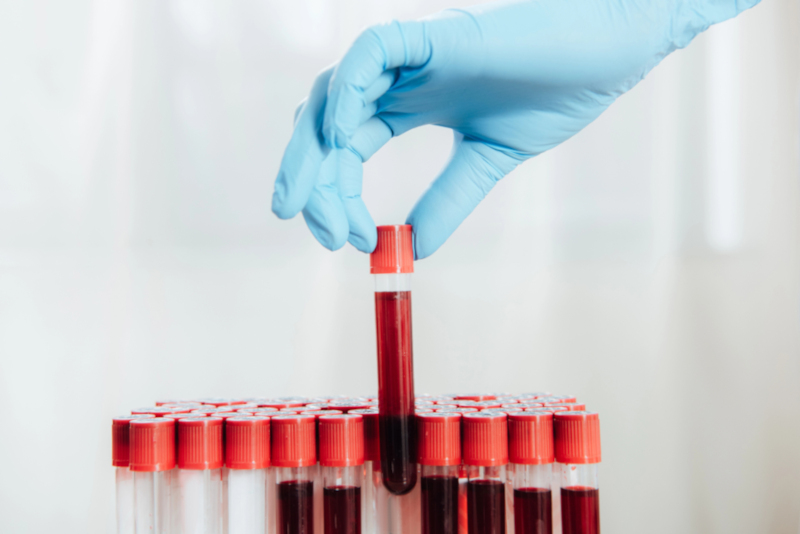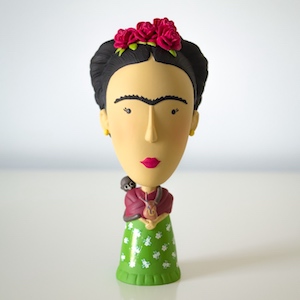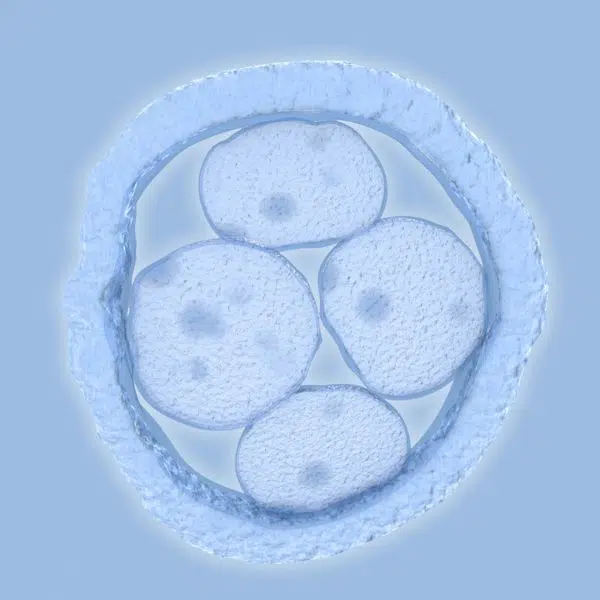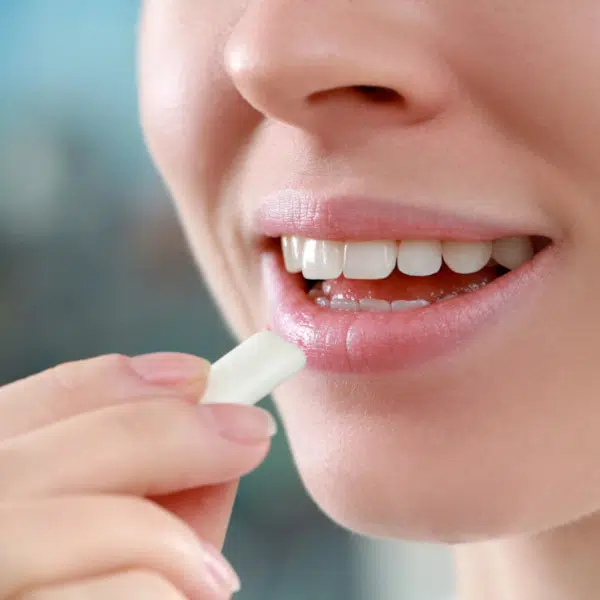
Photo: MicEnin/Depositphotos
According to the Red Cross, someone in the United States needs blood or platelets every two seconds. Looking at the global picture, the World Health Organization says that 40% of blood donations are collected in high-income countries, where only 16 % of the world’s population lives. With these challenges in mind, a team of Japanese scientists have created artificial blood, potentially changing the landscape of blood transfusions in the future.
Led by Hiromi Sakai at Nara Medical University, the team developed an artificial blood that can be used for any patient. It is created by extracting hemoglobin—the protein that is responsible for the transportation of oxygen in red blood cells—from expired donor blood. The hemoglobin is then encased in a protective lipid shell, resulting in artificial red blood cells known as hemoglobin vesicles, which can carry oxygen to the tissues efficiently like regular blood does.
Since these cells don't have blood type markers, the artificial blood can be administered to anyone regardless of their blood type. Should it become widely available, it would alleviate the demand for O-negative blood, known as the universal donor type. It also has a shelf life of up to two years at room temperature and five years under refrigeration—a striking difference with the 42-day lifespan of donated blood. Additionally, it would make a great alternative in disaster zones and areas with limited resources and access.
Following an early-stage trial in 2022 of hemoglobin vesicles, a clinical trial was launched in March. During the studies, 100 to 400 milliliters of the artificial blood cells were administered to 16 healthy volunteers. No side effects have been reported from the latest study, so the trial may move on to studying the artificial blood ’s efficacy and safety. For all its promise, some specialists are skeptical about how widespread it can become as the reliance on human blood may restrict the scale of its production.
Meanwhile, Professor Teruyuki Komatsu of Chuo University's Faculty of Science and Engineering has taken a different approach to developing artificial blood. Rather than enclosing it in a lipid shell, Komatsu has wrapped it in a protein called albumin. Similarly free of blood types and viruses, this oxygen carrier has been tested in animal experiments, where Komatsu has confirmed the artificial blood's effectiveness in stabilizing blood pressure during hemorrhages and helping treat strokes.
Newsweek reports that Sakai's lab shared that his team's creation could reduce common problems such as “possibility of infection, blood type mismatching, immunological response, and short shelf life which is insufficient for stockpiling for emergency situations.” Should everything go according to plan, Sakai and his team expect the blood to hopefully go into clinical use by 2030.
Sources: Facts About Blood Needs; Blood safety and availability; Japanese Scientists Develop Artificial Blood Compatible With All Blood Types; Artificial Blood That Could Work for All Blood Types in Trials; Creating Artificial Blood to Save Lives
Related Articles:
Scientists From UCLA May Have Discovered a Cure for Hair Loss
Microbiologist Settles Debate on Whether You Should Shower in the Morning or at Night
Paralyzed Man Is Able To Stand on His Own Again Thanks to Breakthrough Stem Cell Trials
Scientists Develop Antiviral Chewing Gum Fighting Up to 95% of Flu and Herpes Virus Transmission






















































































